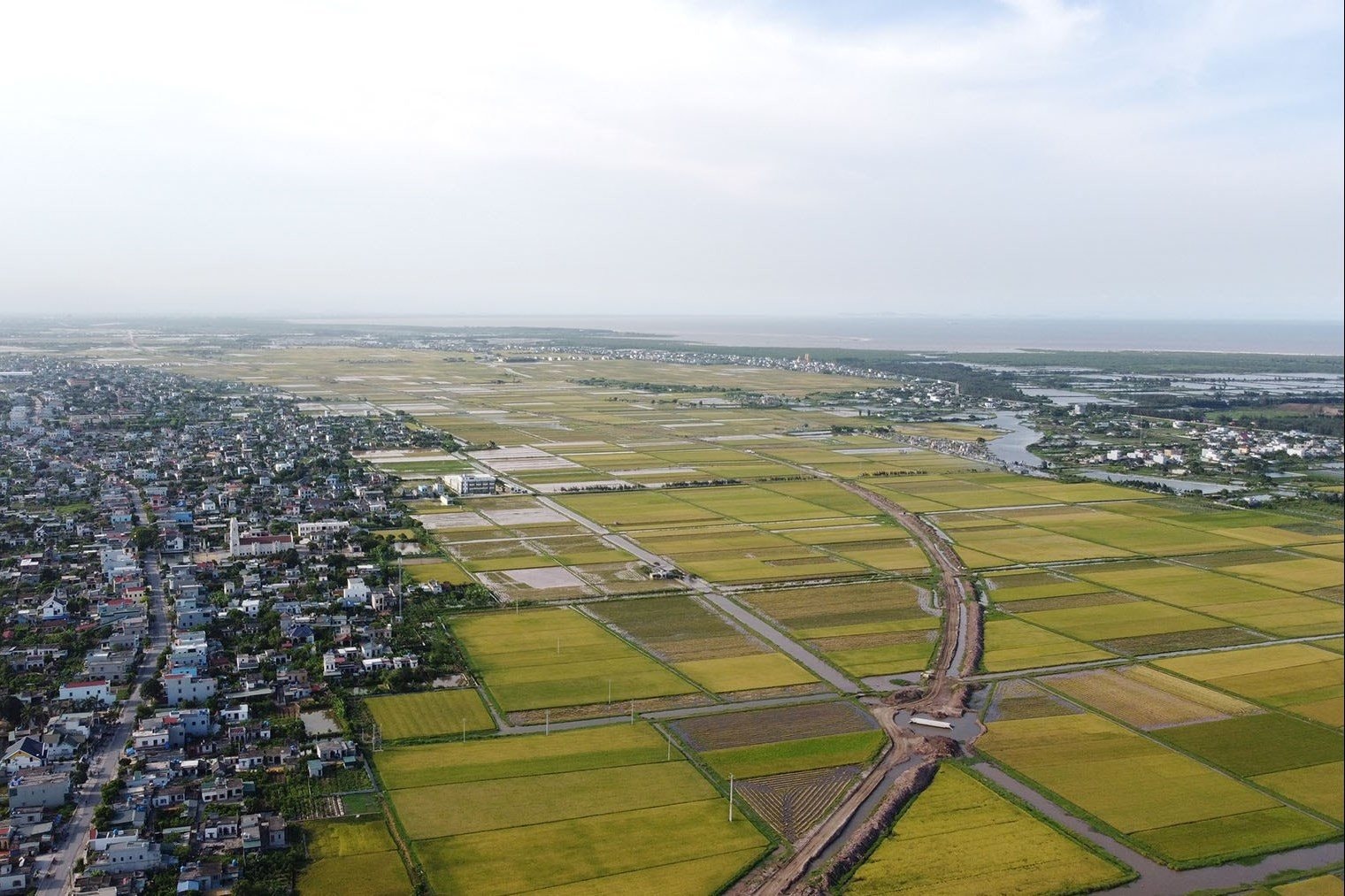
During a recent meeting with the Standing Committee of the Provincial Party Committee of Thai Binh, Prime Minister Pham Minh Chinh opined that the province has not fully harnessed its unique potential, prominent opportunities, and competitive advantages. He pointed out that the economy has not witnessed any significant breakthroughs, and the scale of the economy remains small with low efficiency, competitiveness, and growth quality. While total retail sales and service consumption revenue have increased, there is a declining trend, as evident from the figures for the first four months of 2023, 2024, and 2025, which stood at 17.9%, 16.5%, and 16.1%, respectively, as reported by the Investment and Finance Magazine.
The Prime Minister highlighted some of the province’s notable strengths, including its rich historical and cultural traditions, hardworking people, limited land area, and large labor force. He also emphasized the province’s favorable natural conditions, especially its coastline and potential for land reclamation, which can be effectively utilized for economic development.
Regarding key tasks, the Prime Minister instructed Thai Binh to proactively and resolutely carry out the reorganization of administrative units at all levels and establish a two-tier local government. He emphasized the need to closely follow the resolutions, conclusions, and directives of the Central Committee, the Politburo, and the National Assembly in this process.
Noting that the merger with Hung Yen province will create new development space and momentum, the Prime Minister urged Thai Binh to ensure the smooth functioning of the merged entities. He emphasized the importance of uninterrupted and efficient public services, especially online public services, and the need to transform from a passive to a proactive service mindset.
The Prime Minister also suggested connecting Thai Binh’s economy with the Red River Delta region, the central region, and China through Hai Phong and Quang Ninh. Given the province’s limited land area and high population density, he directed Thai Binh to develop a plan for land reclamation to establish an economic zone, industrial parks, ports, and infrastructure. The inner land should be dedicated to the development of high-tech agriculture.
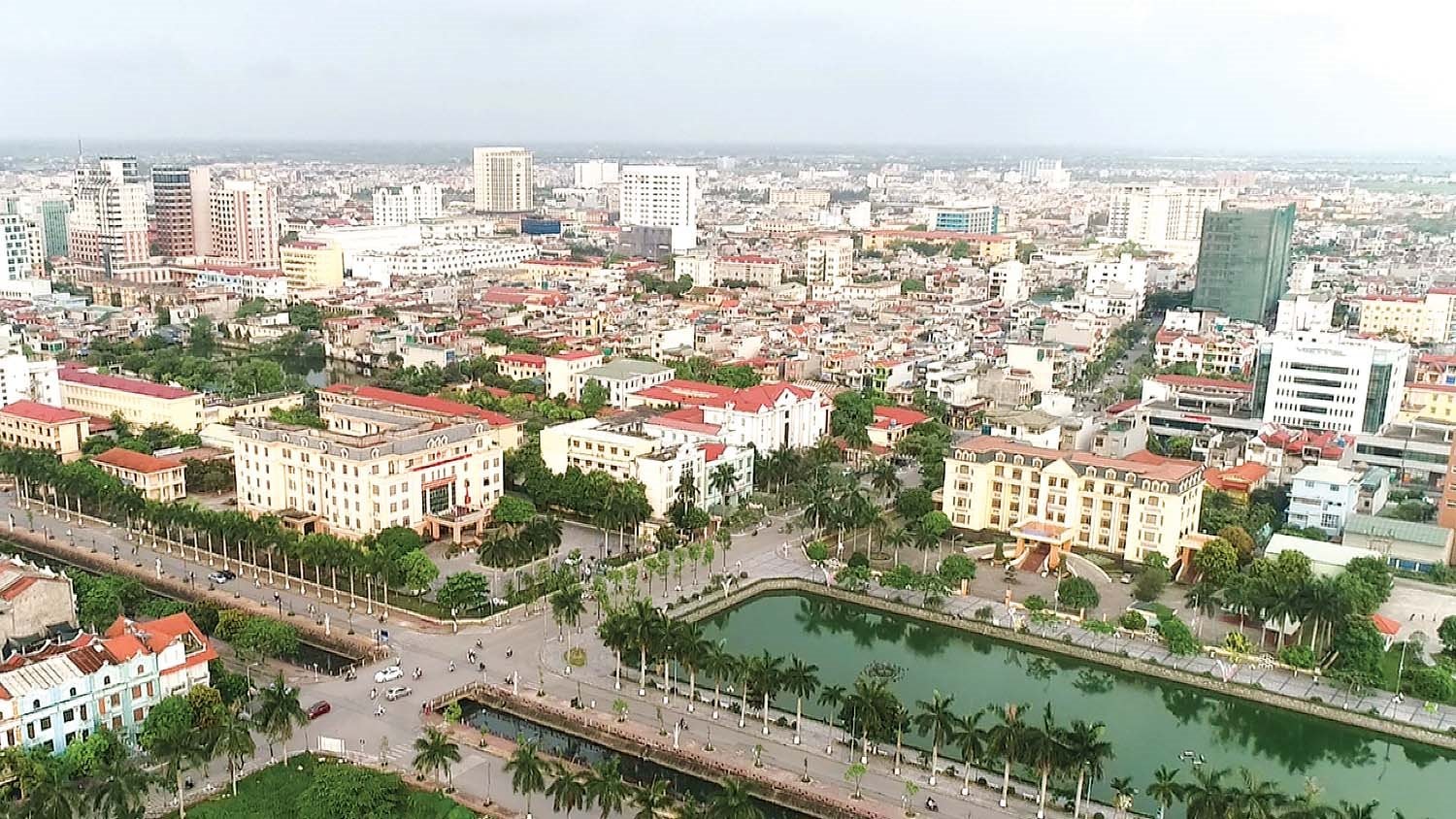
Specifically, the Prime Minister instructed Thai Binh to efficiently utilize land resources and develop strategic infrastructure, including the completion of the Ninh Binh-Hai Phong expressway section passing through Nam Dinh and Thai Binh by 2026.
“Land Reclamation” Featured in Thai Binh Province’s Master Plan
According to the Prime Minister’s Decision No. 1735/QD-TTg dated December 29, 2023, approving the Master Plan for Thai Binh Province for the period of 2021-2030, with a vision towards 2050, the province aims for rapid, comprehensive, and sustainable development. By 2030, Thai Binh is envisioned to be one of the leading industrial centers in the Red River Delta region, and by 2050, it aspires to become a developed province with a thriving economy, progressive society, and guaranteed ecological environment.
The master plan outlines four pillars of growth, three breakthrough strategies, four socio-economic spaces, three economic corridors, development orientations for various sectors, and six key tasks. It also introduces innovative and breakthrough elements, such as creating new development space through land reclamation, developing a sea-oriented economy, and focusing on port development, energy, entertainment services, and seaside resorts. The plan aims to expand the land area through reclamation, forming a synchronous space for industrial, urban, and service functions, along with an attractive coastal ecological landscape.
In the near future, Thai Binh is expected to merge with Hung Yen province to form the new Hung Yen province, with the political and administrative center located in the present-day Hung Yen province.
“Billionaire Pham Nhat Vuong’s VINSPEED Registers to Invest in the High-Speed North-South Railway Project”
The project, with its completion envisioned for the year 2030, lays the foundation for a thriving railway industry and serves as a catalyst for new growth and development in the region.
Unlocking Sustainable Growth: SHB Introduces Flexible Funding Solutions for the Rice Industry, Joining Forces with the Government to Foster Resilient Agriculture
“SHB, one of the leading banks in Vietnam, has announced a comprehensive financial solution for businesses operating in the rice industry. With a focus on capital funding, the solution ensures a seamless flow of funds throughout the entire production and business cycle, covering everything from raw material procurement and temporary storage to export.”
The Urban Townhouse: A Surefire Cash Flow Equation in Lao Cai City Center
Located in the heart of the new Lao Cai city, surrounded by a cluster of four social housing apartment buildings housing 10,000 residents, HPX Golden Lao Cai is a business opportunity like no other. With three key infrastructure developments of national strategic importance on its doorstep, it presents an undeniable cash flow equation for 2025 and beyond.
Prime Minister: Thai Binh Needs to Reclaim Land from the Sea and Construct a 10-Lane Highway to Connect with Hung Yen Immediately
Working alongside Thai Binh Province, Prime Minister Pham Minh Chinh emphasized the need for land reclamation to create new space for economic zones, infrastructure, and industrial development, paving the way for a breakthrough. He directed the immediate construction of the shortest route, a ten-lane highway, connecting Hung Yen City to Thai Binh City and linking it with the region’s existing network of expressways.

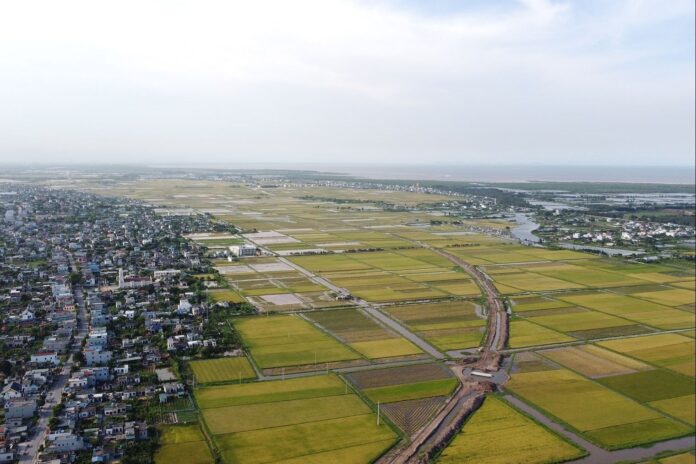
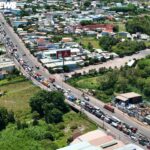


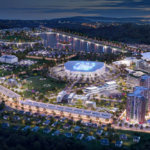















![[Infographic] Flood Levels in the Northern Regions Over the Next 24 Hours](https://xe.today/wp-content/uploads/2024/09/lu-kv-mien-100x70.jpg)